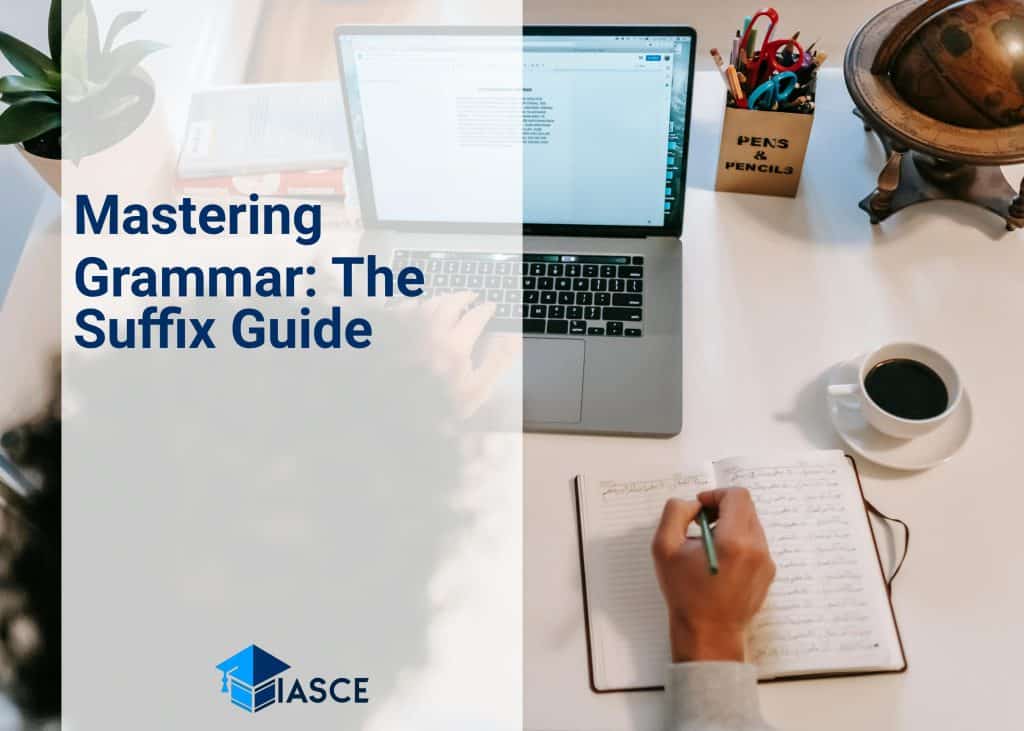We’ve all been there. Staring at a sentence, trying to make sense of the words and how they fit together. It’s a familiar struggle that can leave us scratching our heads in confusion. But what if I told you there’s a secret code embedded in English language, one that could unlock the meaning of sentences with ease? That secret code is suffixes, a powerful tool that reveals speech parts.
Suffixes are often overlooked, yet they hold the key to understanding English grammar. By focusing on these small but mighty word endings, we can decipher what role each word plays in a sentence—whether it’s acting as a noun, verb, adjective or adverb.
As we dive into this fascinating topic of just how suffixes reveal speech parts, I promise you’ll walk away with not just new knowledge but also an enhanced appreciation for the intricacy and beauty of language. So let’s embark on this linguistic journey together!
Uncovering the Significance of Suffixes
When it comes to mastering English, I’ve found that understanding suffixes can make a world of difference. Why’s that? Well, suffixes play an integral role in our language system. They’re those tiny chunks at the end of words capable of transforming their meanings and parts of speech, which is frankly magic in my book.
Let’s take a closer look at this transformative power. Consider ‘happy’. It’s an adjective, right? But add ‘-ly’ to create ‘happily’, and voila! You’ve got yourself an adverb. This isn’t just a neat party trick – it’s also incredibly useful when you’re trying to expand your vocabulary or figure out what part of speech a word belongs to.
|
Base Word |
Suffix |
New Word |
Part of Speech |
|---|---|---|---|
|
happy |
-ly |
happily |
Adverb |
And let’s not forget how suffixes help with tenses and plurals too. Add “-ed” or “-ing” to verbs for past or continuous tense; slap on “-s” or “-es” for plurals.
Take “work”, add “-ed”, you get “worked”. Bam! Past tense.
Consider “cat”, attach “-s”, now you have “cats”. Boom! Plural form.
Here are some examples:
|
Base Word |
Suffix |
New Word |
|---|---|---|
|
work |
-ed |
worked |
|
cat |
-s |
– cats |
Suffix knowledge isn’t just about grammar though (as if that wasn’t enough!). It also gives us insights into word origins and even societal values. The suffix ‘-ship’, for instance, indicates quality or condition and traces back to Old English pointing towards its long-standing value in English heritage!
In the grand scheme, understanding suffixes can feel like having a secret key to unlock the mysteries of English language usage. And I’ll confess: it’s one reason why I love being knee-deep in this stuff every day!
Practical Examples: How Suffixes Indicate Parts of Speech
Let’s dive into the exciting world of suffixes. These little linguistic wonders, attached to the end of a word, can completely change its meaning and even its grammatical function. They’re like secret codes that tell us how a word behaves in a sentence.
Take the suffix -ness for instance. When you see it at the end of a word, it’s signaling that the word is likely a noun. For example, “happy” becomes “happiness”. The “-ness” turns an adjective into a noun describing a state or quality.
Or consider “-ly”, another popular one among English words. It mainly converts adjectives into adverbs. So when you want to describe how someone does something, “-ly” comes to your rescue: “quick” becomes “quickly”.
Here are some examples:
|
Base Word |
Suffix |
New Word |
Speech Part |
|---|---|---|---|
|
Happy |
-ness |
Happiness |
Noun |
|
Quick |
-ly |
Quickly |
Adverb |
But let’s not forget about our verbs! The suffix “-ed” is often used to indicate past tense for regular verbs in English. Take “play”, add “-ed”, and voila! You have “played”.
And then there are prefixes which help form new words too but we’ll save that topic for another day!
Remember, these aren’t hard-and-fast rules; language is fluid and ever-evolving. However, understanding these basic patterns will give you an edge in reading comprehension and vocabulary building.
There you have it – decoding language with suffixes isn’t as daunting as it first appears! Keep exploring these fascinating linguistic nuggets and before long, they’ll become second nature to you.
Conclusion: Mastering the Syntax Through Understanding Suffixes
Peeling back the layers of English language, it’s clear how valuable understanding suffixes really is. It’s not just about being a grammar whiz or acing your next English test—it goes deeper than that. By decoding suffixes and their roles in speech parts, you’re effectively unlocking a new level of comprehension and communication.
Let’s take “-ed” for instance. Knowing that it often denotes past tense can help clarify meaning even in complex sentences:
|
Sentence |
Without “-ed” |
With “-ed” |
|---|---|---|
|
“I walk to the store.” |
“I walk to the store yesterday.” |
“I walked to the store yesterday.” |
You see how much difference one little suffix can make? The sentence suddenly makes sense!
And it’s not just about clarity—it’s also about versatility. With a good grasp on suffixes, you can express yourself more accurately and creatively:
-
“Fast” becomes “fastest.”
-
“Happy” transforms into “happier.”
-
“Write” evolves into “writer.”
Isn’t it fascinating how these small additions change the whole context?
So I hope you’ve found this exploration worthwhile—and practical too! Because at the end of the day, my goal here isn’t just to impart knowledge; it’s also to equip you with tools to navigate your everyday communications better.
Remember, mastering syntax isn’t an overnight journey—but every step forward counts! So why not start with understanding suffixes? After all, they’re like secret codes waiting for you to crack them open. Happy decoding!

